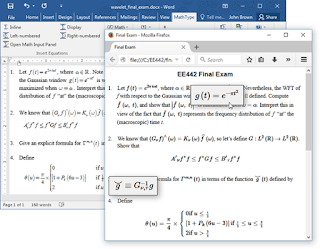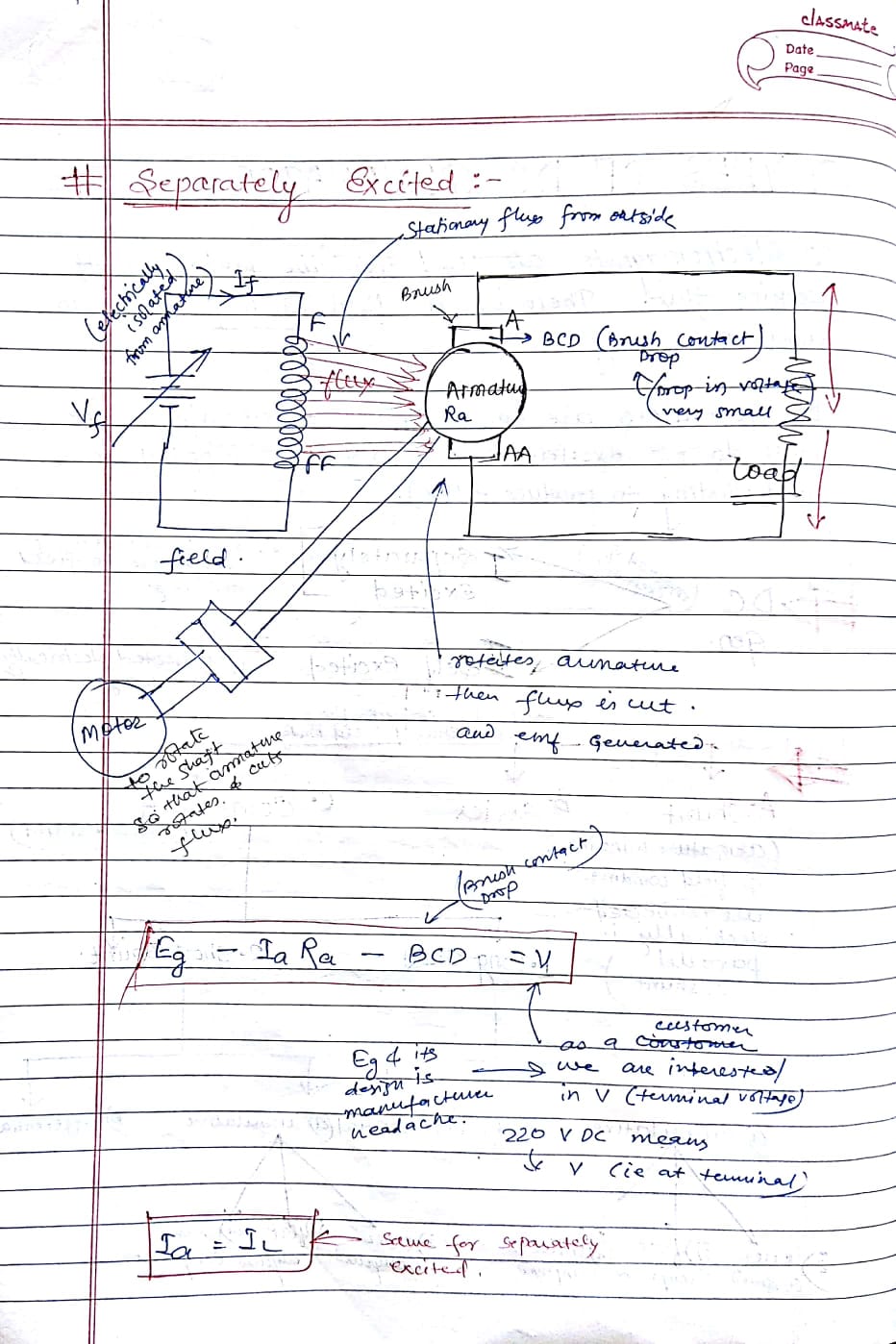

Use proper characters (sometimes special characters) for mathematical symbols. There shouldn’t be a space between a number and the percent, angular degree, angular minute, or angular second symbols (e.g. However, there should be no space between the letters of units like millimeter “mm”. 
There should also be a separator (space or /) between units when they appear together (as a product or division).
There should be a space between the number and the unit. The number and its unit should be followed on the same line. The following tips can help you to write them properly: In all these cases, you need to provide numbers with their units. In a scientific or engineering thesis, it is very common to present the result of experiments, measurements or simulations. In this case, if it is the first word in the sentence, spell out “Equation” before the number, like “Equation (3)”. It is also pretty normal to refer to an equation in the text with only its number within parentheses, like “(3)”. If it is the first word in a sentence, capitalize it, i.e., Eq. If you are referring to an equation in the text, use eq. The equation numbers should be enclosed by parentheses and placed at the right-hand side of the page. For numbering the first type of equations, i.e., those which are going to be referred somewhere in the thesis, here are some useful tips: 
The first type of equation should be numbered consecutively (or chapter-based) through the whole thesis, whereas the second type can be either included in the running text if they are short and don’t break the flow of the sentence, or in a separate line without an equation number, if they are long and more complex. There are two types of equations in a thesis: those which are going to be referred and those which are not.
Do not capitalize or indent “where” or “with” when listing variables following an equation. If it is the end of a sentence, there should be a period at the end of the equation otherwise put a comma at the end of it. Equations are regarded as being a part of the text, and are punctuated accordingly. Provide some vertical space above and below the equations that are displayed in separate lines. If an equation breaks to multiple lines, align them properly and use only one number for the whole equation as far to the right as possible. Some equations are long and tend to be multi-line equations. The equations that are written on a separate line are either indented or centred, but done consistently throughout the thesis. Use the same font size for mathematical expressions as the font size of the text. Mathematical parameters should be written in italics, (not only in the equation itself but everywhere in the thesis), but not units, numbers and mathematical functions like logarithms. However, they shouldn’t be the first word of any sentence. The following tips on formatting equations can help you in writing your mathematical expressions. 
All the parameters in the thesis have to be defined on their first appearance. Keep in mind that your discipline may have slightly different or additional requirements, so always doublecheck with your supervisor.Ī mathematical expression usually contains several parameters.
Scientific paper equation maker how to#
For those of you who are writing your thesis, here are some brief guidelines on how to write these mathematical expressions These expressions may contain mathematical functions, symbols, parameters, numbers, units or any combination of them. It is almost impossible to write a thesis in a scientific or engineering discipline without mathematical expressions. Private and Personal Information in Your Thesisīy Rozita Rashtchi, PhD Student Systems & Computer Engineering.Graduate Supervision Appointments Policy.Guidelines regarding Nominal Co-Supervisions with Adjunct Professors and Adjunct Research Professors.Graduate Supervision – Responsibilities & Expectations Policy.








 0 kommentar(er)
0 kommentar(er)
